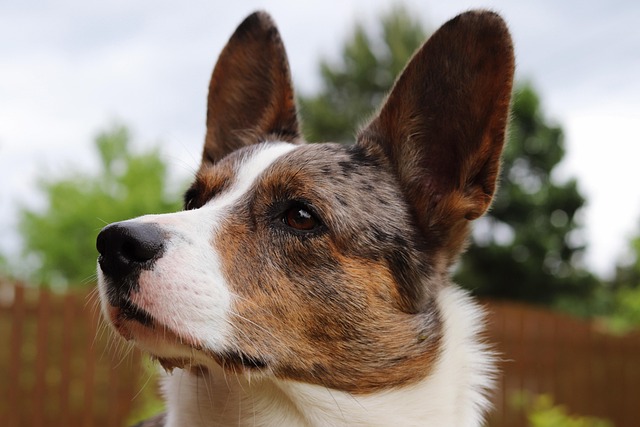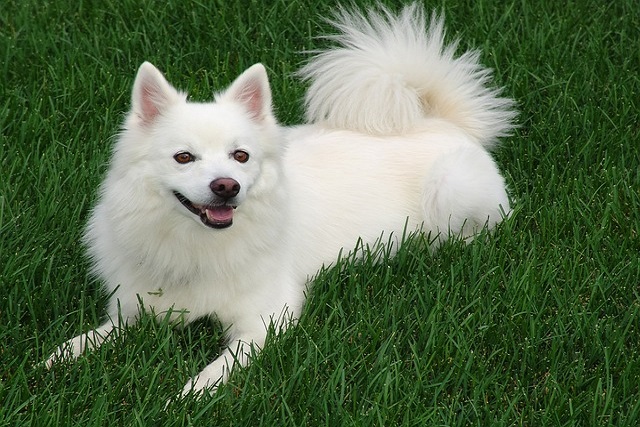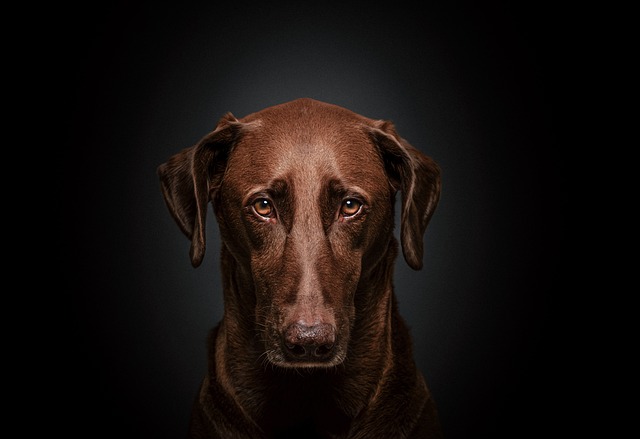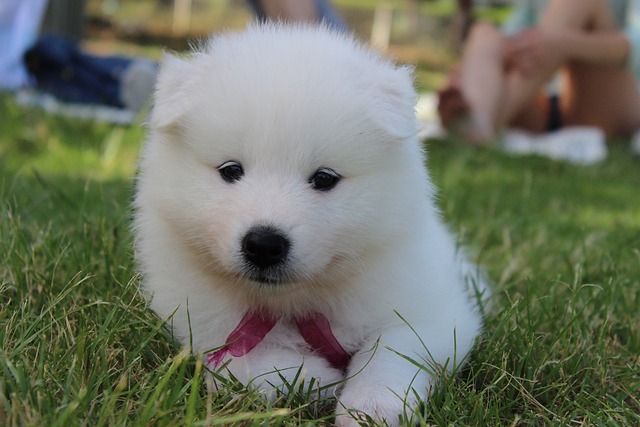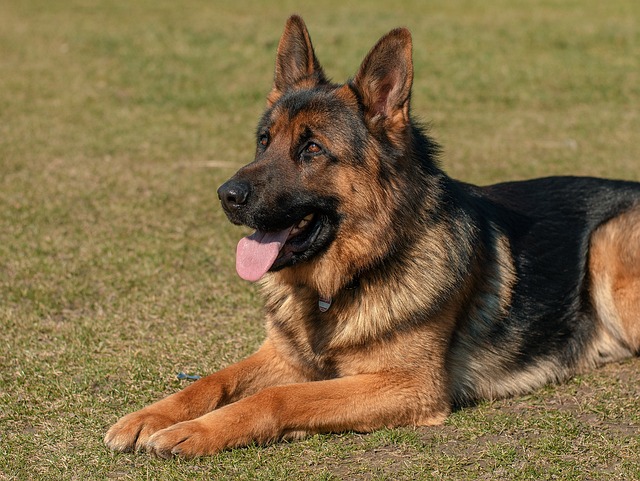The amount of food a Border Collie needs daily depends on a mix of factors, but start with this: they’re high-energy dogs, built to work—herd, run, think—and that burns calories fast. A typical adult Collie, not overly active, might thrive on 1.5 to 2 cups of high-quality dry food split into two meals. But if yours chases frisbees for hours or helps round up livestock, they could need 2.5 to 3 cups to keep up with their body’s demands.
Puppies are a different story. Growing Collies under six months need smaller, more frequent meals—three to four times a day—to fuel their developing bodies. Start with ½ to 1 cup total daily, increasing gradually as they hit 10, 20, 30 pounds. Overfeeding here can lead to joint issues later, so stick close to the food bag’s guidelines but adjust based on how quickly they’re growing. Your vet can help tweak portions to avoid excess weight, which aligns with guidelines encouraging mindful pet nutrition.
Senior Collies, around 8 years and older, often slow down. Their metabolism eases, so even 10-15% less food than their adult portions might be enough. Watch for signs they’re getting too much: a waist that disappears when viewed from above, or difficulty jumping onto the couch. Obesity in older dogs raises risks for diabetes and arthritis, conditions that are harder to manage—something local animal welfare groups often highlight in their pet care resources.
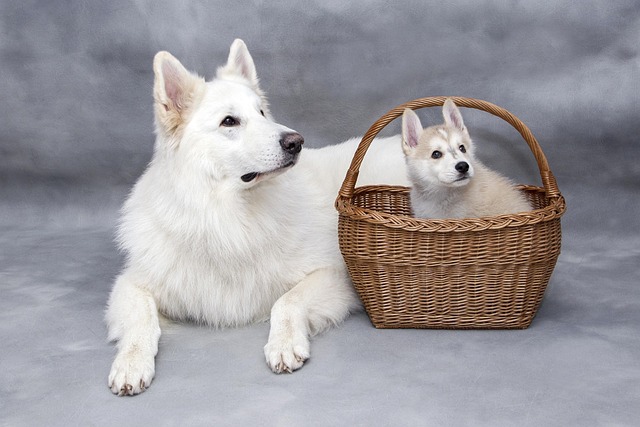 The type of food matters too. Kibble with higher protein (25-30%) and moderate fat (15-20%) suits their active nature, but check the calorie count. A cup of high-calorie, nutrient-dense food might pack more energy than a cup of a lighter brand, so you’ll feed less of it. Wet food, while tasty, is often lower in calories per ounce, so you might need to serve a bit more to hit their daily needs—just keep an eye on dental health, as dry food can help keep teeth cleaner.
The type of food matters too. Kibble with higher protein (25-30%) and moderate fat (15-20%) suits their active nature, but check the calorie count. A cup of high-calorie, nutrient-dense food might pack more energy than a cup of a lighter brand, so you’ll feed less of it. Wet food, while tasty, is often lower in calories per ounce, so you might need to serve a bit more to hit their daily needs—just keep an eye on dental health, as dry food can help keep teeth cleaner.
Activity level is the wild card. A Collie that spends weekends hiking or competing in agility trials will burn through calories faster than one that prefers napping by the fireplace. On days with extra play, toss in a little more—maybe a handful of treats or a splash of wet food mixed in. On lazy days, scale back; their body won’t use the excess, and it’ll just turn to fat. It’s a balance, but your Collie will let you know—too little, and they’ll hover by the food bowl; too much, and they’ll leave leftovers.
Always factor in treats, especially if you’re training. Those small rewards add up: a few training biscuits can equal 10-15% of their daily calories. Swap some for low-calorie options like carrot sticks to keep portions in check, a trick that fits with how we’re encouraged to keep training positive without overindulging.
At the end of the day, your Collie’s body tells the truth. A healthy weight means you can feel their ribs without pressing hard, and they have a visible waist when viewed from above. If you’re unsure, your vet can calculate exact portions based on their age, weight, and activity—guidance that’s not just helpful, but part of keeping your pet in line with community standards for responsible care. Watching them thrive—coat shiny, energy steady—makes getting it right worth every adjustment.
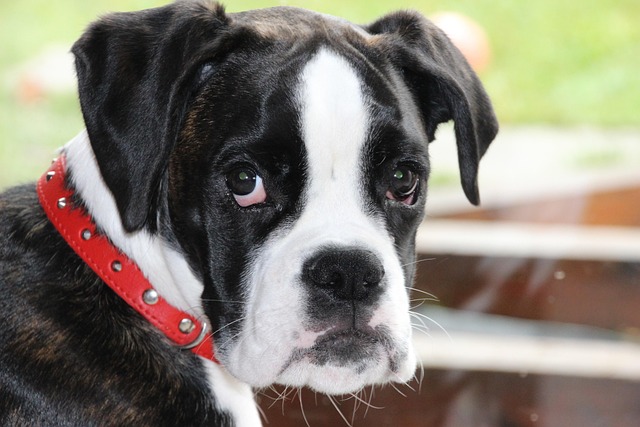
 The type of food matters too. Kibble with higher protein (25-30%) and moderate fat (15-20%) suits their active nature, but check the calorie count. A cup of high-calorie, nutrient-dense food might pack more energy than a cup of a lighter brand, so you’ll feed less of it. Wet food, while tasty, is often lower in calories per ounce, so you might need to serve a bit more to hit their daily needs—just keep an eye on dental health, as dry food can help keep teeth cleaner.
The type of food matters too. Kibble with higher protein (25-30%) and moderate fat (15-20%) suits their active nature, but check the calorie count. A cup of high-calorie, nutrient-dense food might pack more energy than a cup of a lighter brand, so you’ll feed less of it. Wet food, while tasty, is often lower in calories per ounce, so you might need to serve a bit more to hit their daily needs—just keep an eye on dental health, as dry food can help keep teeth cleaner.